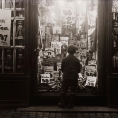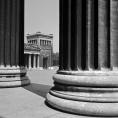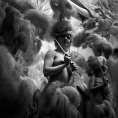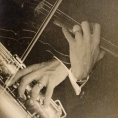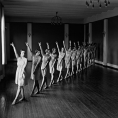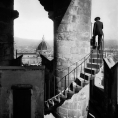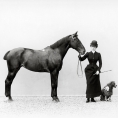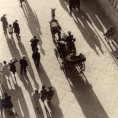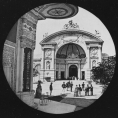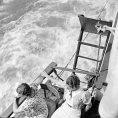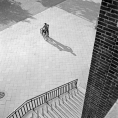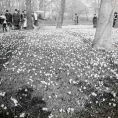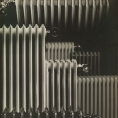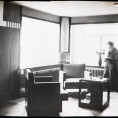Central to the concept of photography – as the etymology of the original Greek term indicates – is the process of recording or fixating (graphein) through the action of light (photos). Photography has an innate documentary quality, capturing places, events, objects or persons with an immediacy that brings the past into the present. But from its very beginnings onwards, photography has been able to offer much more than a one-on-one view of the world around us: a photographic image can re-present reality, tickle the curiosity and push the imagination of the onlooker, and be artistic in spirit rather than illustrative.
With the advent of photography, both enthusiasts and critics have proclaimed the death of other forms of visual art: photography was considered to render all other attempts to represent reality inadequate and superfluous. The technological underpinning of photography has also led detractors to comment upon its ‘mechanical’ nature, with the automatic procedure of taking pictures supposedly denying it the coordination skills and artisanal talents required for drawing and painting, and allowing it to be mastered by anyone without a years-long training. Photographers were accused of lacking imagination as well, capturing objects immediately at hand and with no interference required.
This is, however, where the medium and the mediator get mixed up: the art of photography is not located in the automatic photographic process, but in the eye of the beholder – the photographer. A camera, no matter how many state-of-the-art features it may have, is a lifeless piece of equipment until someone operates it.
By no means is the art of photography a craft void of creativity: a photographer can enhance or modify reality by using lenses, filters or specific types of physical surfaces. Before he presses the button, he can play with perspective and setting, accentuate certain elements or suggest things that aren’t there… While processing the image, contrasts, colors, lighting, tones and dynamics may be manipulated. The development process completed, a photographer can combine, superpose or mix images and create a whole new version of reality or an abstract composition. Even in photography’s early days, several negatives were often used to produce one print, constituting visual constructions too complicated to be photographed as such. Especially from World War I onwards, photographers turned to montage- and collage-techniques to reflect their complex aesthetical, social or political views.
Setting the scene, processing the image, manipulating the photographic result…: many opportunities for a photographer to make his artistic mark. But the most important moment of his creative process, is probably that in which something catches his eye: the photographer alone picks the slice of reality he wants us to see through his lens, establishes the vantage point of the camera and chooses the exact instant of exposure.
Outside museums and archives, pictures rarely come to us in a self-contained form. In everyday practice, they are most often flanked by texts, other images or illustrations. Photographs are to a certain extent determined by the channels through which they are conveyed: digital carriers, printed media, larger-than-life billboards or intimate family albums. The contexts in which we encounter and use images form an integral part of the art of photography, being at the foundations of its hybrid nature. Every spectator, each photo-consumer, ‘digests’ the image by interpreting its form, content and context and by placing it into his personal referential framework. The eye of the beholder is therefore also that of the onlooker.

